Salam, Hijab
This exhibition shows cultural differences derived from religion and encourages the audience to understand the lives of people living with different values and ideas.
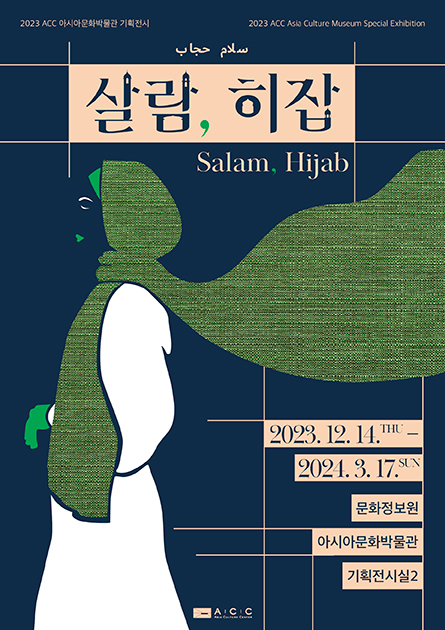
- DateDec. 14 (Thu), 2023–Apr. 21(Sun), 2024
- Time(Tue–Sun) 10 AM – 6 PM
(Wed & Sat) 10 AM – 8 PM
* Closed on Mondays - PlaceSpecial Exhibition Hall 2
- Age LimitAll ages
- Price Free
- TicketFree admission
- Contact+82-1899-5566
About
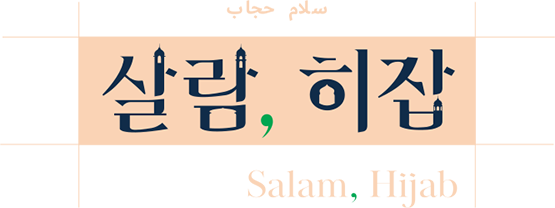
When people commonly think of Islam, they often associate it with the Middle East and Arab culture. However, the majority of Muslims are actually distributed all across Asia.
The Asia Culture Museum, which continues to conduct ongoing research on Asian cultures, introduces the hijab, the most iconic attire in Muslim clothing culture.
The hijab, which is worn by Muslim women to cover their hair, is known by various names such as chador, niqab, and burqa, each with different forms.
We hope that this exhibition serves as an opportunity for understanding the cultural significance of the hijab and the values and perspectives of people who live with different beliefs, allowing us to view them with an open mind.
Program

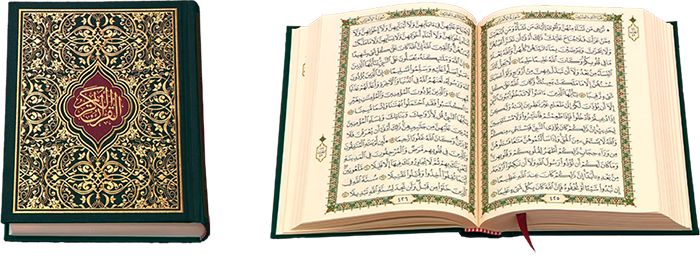


Due to the harsh environment of the Arabian Peninsula, the birthplace of Islam, a culture of clothing developed to protect oneself from the scorching sun. The regional custom of hijab, which was prevalent in the area, underwent religious reinterpretation as Islam was institutionalized and the wearing of hijab was mentioned in the Quran. The hijab is classified into different types such as chador, niqab, and burqa, based on factors like the degree of facial exposure, the length of the fabric, and accompanying clothing.
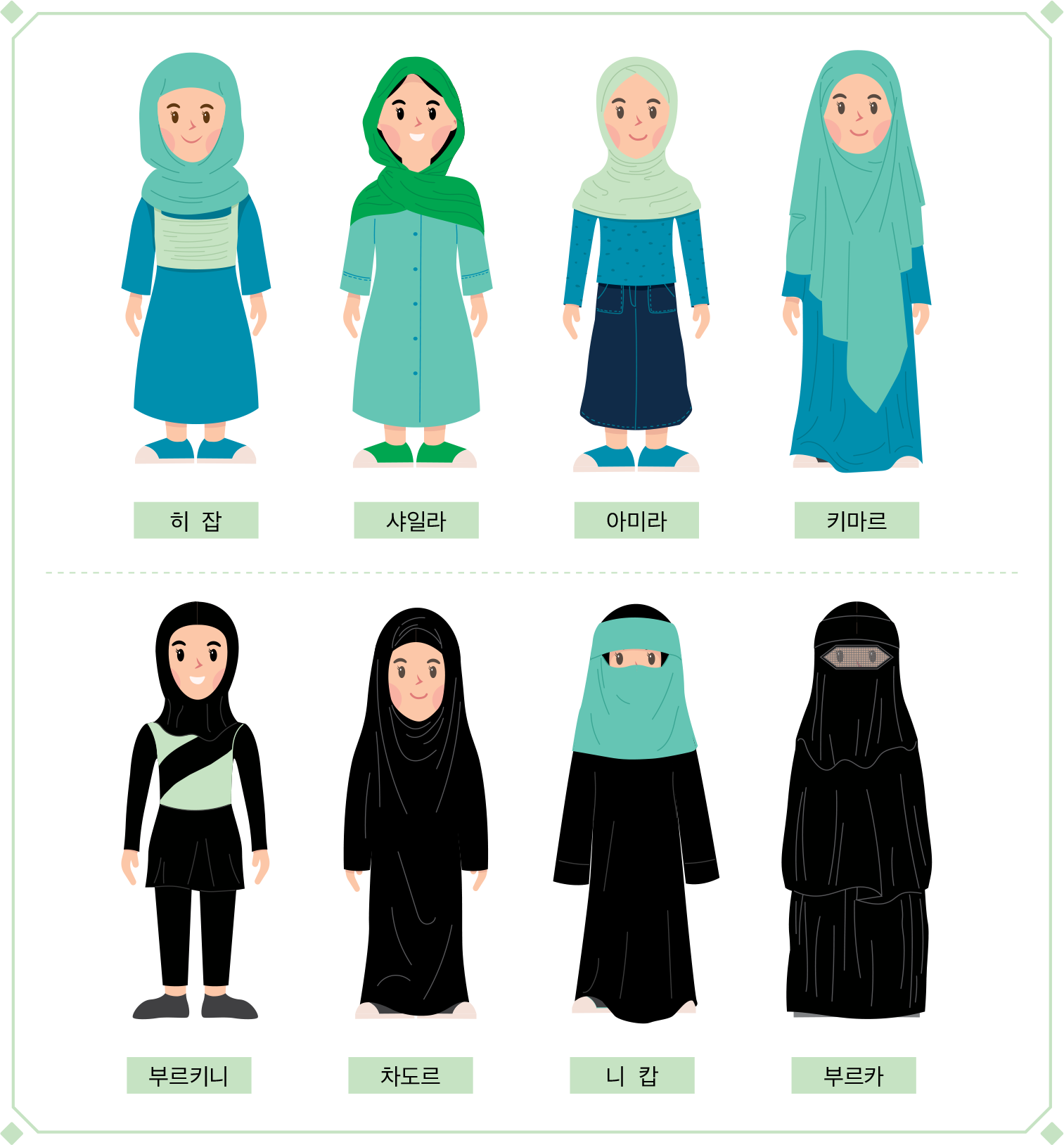
Exhibition-linked Events
- DateDec. 14 (Thu), 2023 3 PM
- LocationAsia Cultural Museum Information Center, M2 Rest Area (in front of Exhibition Hall 2)
- ApplicationScheduled for Dec. 8 (Fri) at 10 AMView details +
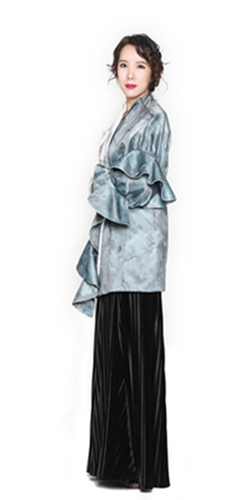
- Collaborating with an Indonesian brand on personal color analysis
- Hosted the Samsung Securities Color Analysis event in 2023
- Conducted personal color analysis at the 2023 Independence Festival at Seodaemun Prison History Hall
- Conducted a lecture and personal color analysis at the 2023 Seoul Women Up Fair
- Hosted the first-ever Korean Modist Fashion Show at the 2023 Salam Seoul event
- Hosted a designer talk show at Salam Seoul
- Salam Seoul Advisory Council
- Development of Muslim Personal Color Analysis and Hijab Personal Color Consultant (First-ever Hijab Personal Color Consultant)
- Held the first-ever Korean fashion show at Muffest, the largest Muslim fashion show in Jakarta, Indonesia
- Held a collaborative fashion show between Korean fashion and Indonesian Muslim designer fashion
- Invitational fashion show, lecture, and talk show for Ramadan in Indonesia
- Charity fashion show by the Lions Club in Indonesia
- Invitational fashion show in Jakarta, Indonesia by Parksons
- K-pop judge in Jakarta, Indonesia
- Lecture and global fashion show at the Indonesia Modest Fashion Week
- Major in Islamic Fashion at an Islamic Fashion School in Indonesia
- Object Design at the University of Sydney in Australia
Place Info.
ACC Archive&Research, Special Exhibition Hall 2
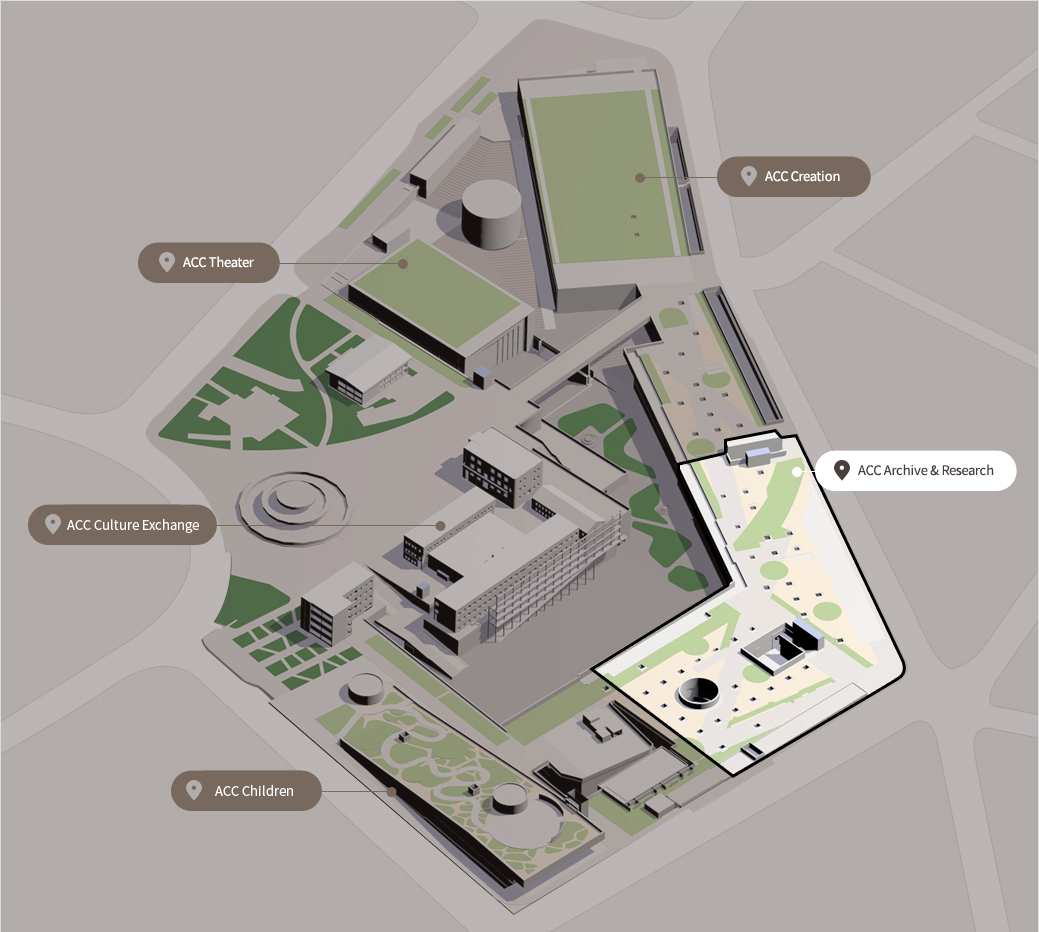
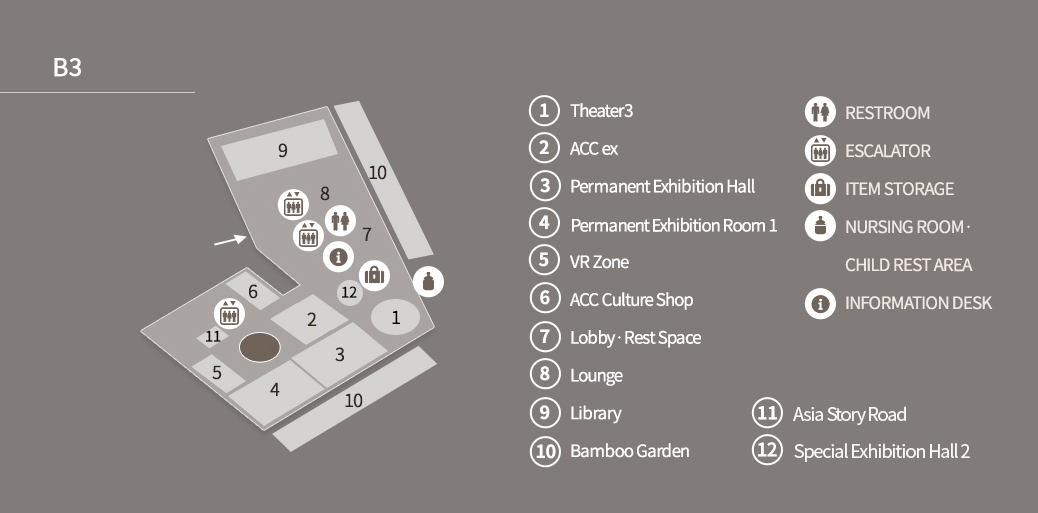
01/


